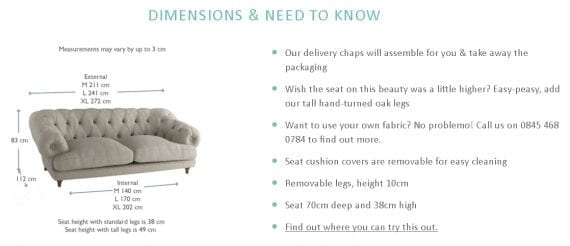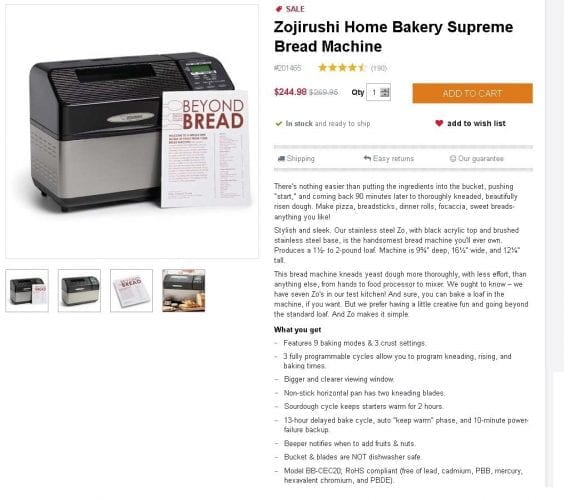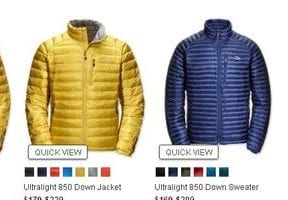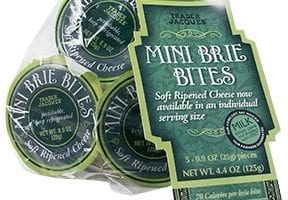According to Karon Thackston, author of Amazon Advantage: Product Listing Strategies to Boost Your Sales, successful ecommerce merchants avoid hype. Moreover, Amazon’s official terms of service for sellers forbid the use of empty marketing phrases and over-excited language in product listings.
Thackston, president of Marketing Words, which specializes in Amazon, eBay, and other ecommerce copywriting, provided me with a pair of bullet-point examples to illustrate what Amazon is referring to.
- Unacceptable: #1 BESTSELLING WATER BOTTLE ON AMAZON! Awesome features make this the only water bottle you’ll ever need. Check out our reviews and see that this new water bottle beats all the others hands down!!
- Acceptable: No-Dribble Mouthpiece Design: Unlike ordinary water bottles which aren’t constructed to fit your mouth, this [brand] bottle offers an ergonomically designed, no-dribble sipping spout for added comfort.
Notice that the first example fails to provide any details about what consumers would actually be getting in this water bottle — just a lot of enthusiasm. The second example offers factual and useful specifics in a straightforward yet engaging tone.
Even if you never sell on Amazon, the distinction between hoopla and helpful copy is vital. You don’t want shoppers to click away to another vendor in search of the details they need to make a decision. You don’t want customers to fall for hype and then return products because they were not what they expected. And you certainly don’t want needlessly disappointed customers posting bad product reviews.
Hype
Let’s look at elements to avoid in your product descriptions to keep them useful and toned-down for shoppers.
- Unsupported superlatives. When you simply call something “the best,” “the most beautiful,” or “the cutest,” readers may wonder why. Who says? If a credible third party, such as an industry blogger, a well-known figure, or a named customer said so, attribute the quote to her. If there’s an objective reason for saying something is “best,” cite that reason. Otherwise this kind of language comes across as hot air.

An excerpt from Google’s posted AdWords policies shows the ban on superlatives. It reads, “The following is not allowed: Promotions that contain the superlatives and comparatives “best,” “better than,” or any other equivalent claims where that claim is not supported by third-party verification on the landing page.”
- Exclamation marks. Go easy on exclamation marks. Better yet, avoid them altogether in your product descriptions. They’re a lazy writer’s desperate attempt to convey emotion. To the reader, they evoke a guy yelling into a megaphone.
- Impossible claims. Including things that are not true, or results that almost never happen, may arouse desire — for example, “you’ll shed pounds without dieting or exercise” or “the blender that gives your vegetables four-star taste” or “a scent that no man can resist.” However, such promises are often huge exaggerations or outright lies. Stay out of legal hot water and create realistic expectations by writing only what you could back up in court.
- Excitement without facts. Many product descriptions are filled with adjectives. Some adjectives are truly informative and others merely emotional. Descriptions like “miniature,” “durable,” “soft,” and “contemporary” help the shopper understand differences between those products and others. In contrast, adjectives such as “amazing,” “awesome,” “exciting,” and “fascinating” say little or nothing specific. The same goes for phrases like those in the “unacceptable” sample Karon Thackston cited, above: “the only water bottle you’ll ever need” and “beats all the others hands down.”
4 Ways to Jazz-up Product Descriptions
Without hype, your marketing copy does not have to be a dry monotone. Instead, liven up product descriptions by sprinkling in the following four elements.
- Sensory language. Include words that feed the reader’s visual, auditory, or tactile imagination. It’s even better if there’s an emotional tinge to your words. For example, calling a stuffed toy “snuggly” instead of just “soft” or “cottony” implies that someone will feel comforted by cuddling with it. A “whisper quiet” fan invites the shopper to imagine just how hard it is to hear when operating.

When Patagonia describes its boxer shorts as “comfortable against the skin” and “soft to the touch,” rather than just “comfortable” or “soft,” the shopper imagines how the shorts would feel when worn.
Imaginative scenarios. Help shoppers understand how a product will work in their lives. Tell them that the ergonomic grip of a stapler means their hand won’t get tired stapling a hundred flyers for their kids’ school. Or how the outer compartments of a backpack allow them to grab what they need during a quick stop on the trail.

This vivid description of a women’s hoody from Moosejaw places the product into the shopper’s lifestyle by describing it as “a cozy wrap for cool coffee mornings or heading to yoga at the downtown studio.”
- Unexpected vocabulary. Instead of describing the above hoody as extending a certain number of inches below the waist, Moosejaw wrote “tunic length to cover your legging-bottomed tush.” Instead of “long-sleeved to keep you warm,” it said “long sleeve to keep the goosebumps at bay.” Other blurbs on Moosejaw.com for cold-weather items use jazzy phrases such as “ready to trap warm air next to your body,” “while it’s busy keeping you toasty warm,” and “will take on the elements from rain to snow and even sleet and wind.”
- Conversational tone. Try ditching an impersonal approach for a friendly, casual manner. Use “you” and “we,” questions and sentence fragments, and roundabout or informal ways of getting a point across. For instance, “You know how guests never know where to sit at dinner parties? With our kooky place cards, your shindig kicks off on a fun note.”

British etailer Loaf writes the way a chatty furniture salesperson would talk to a shopper, with expressions like “easy-peasy,” “No problemo!” and “Call us to find out more.”
—

King Arthur Flour gives this high-end bread maker a down-home nickname (“Zo”) and describes it in a next-door-neighbor voice.
Provide Solid Info
At a minimum, keep your marketing copy free of over-promising, exaggeration, and pointless bragging. Make sure you’re providing solid information for potential buyers. Then, if you want, jazz-up your wording to heighten rapport.




